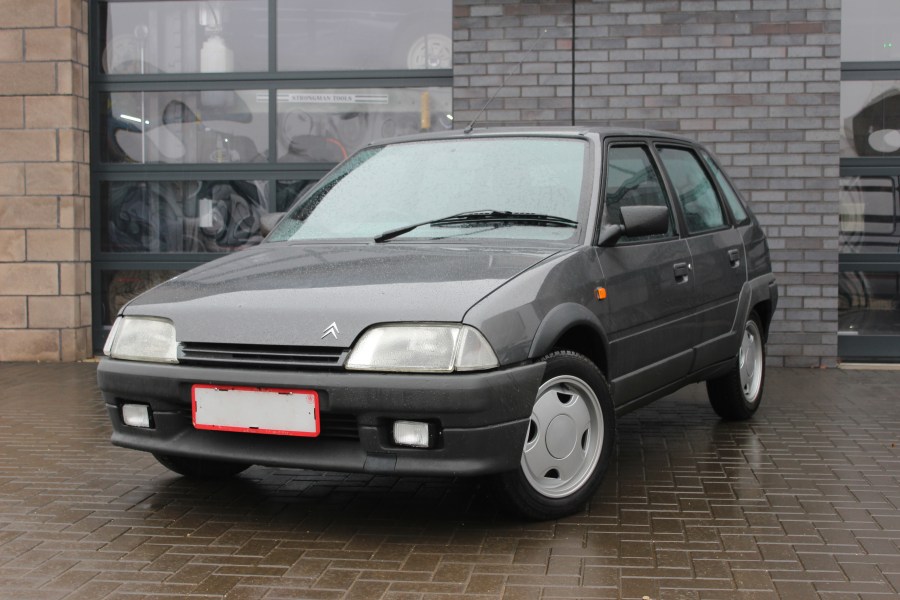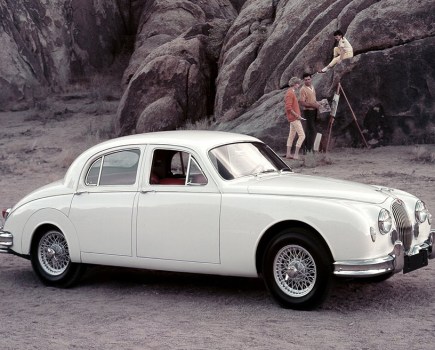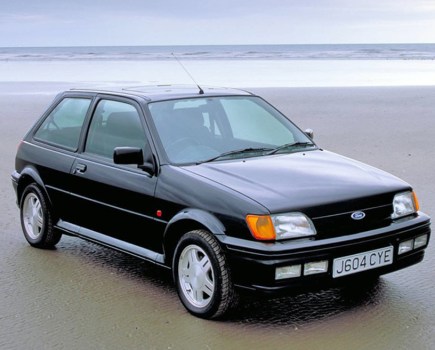The Citroën AX was on sale for more than a decade and helped cement its maker’s reputation as a supermini great. Here’s how to buy one today
Words: Paul Guinness Images: James Howe
Launched in late 1986 but not available in the UK until the following year, the Citroën AX would effectively replace the old five-door Visa and three-door LNA, its main aim being to grab a far bigger slice of the supermini market. It achieved this with aplomb, bringing Citroën real sales success in one of the motor industry’s most competitive sectors.
The initial three-door AX (a five-door arrived in the UK in 1988) was smaller than many rivals at just 138 inches long, but this helped in Citroën’s quest to offer one of the lightest cars in its class, aided by clever use of a plastic tailgate and other weight-saving measures. With the basic AX weighing in at only 640kg (or 1411lb) and boasting a class-leading drag coefficient figure of just 0.31, it was the most economical car in its class.
The engine lineup was predictable, with the 954cc, 1124cc and 1360cc TU units all familiar to drivers of other Citroën and Peugeot models. The range then received a boost with the arrival of the highly entertaining AX GT, which saw the 1360cc engine’s power boosted from 65 to 85bhp.
Following a range-wide facelift in 1991, the GT was usurped by the new AX GTi, with 100bhp on tap – an impressive figure for such a lightweight machine, making it one of the most entertaining pocket rockets of its generation.
Those seeking the ultimate in AX economy, meanwhile, could opt for a 1360cc TUD-engined diesel model instead, which was replaced by a 58bhp, 1527cc version in 1994.
Early examples of the AX are now rare in the UK, with most survivors being later versions from the mid-1990s – and even these are becoming less of a common sight. For entertainment value coupled with low running costs, any AX is worth seeking out.

Bodywork
It will come as no surprise to learn that the biggest enemy of a supermini launched the best part of four decades ago is rust, although the Citroën AX’s use of galvanised steel and plastics reduced its vulnerability somewhat. Nevertheless, any buyer should be vigilant when checking over a survivor, as rot can occur on neglected examples after all these years.
Particular areas that need checking include the front wings and behind the headlights; make sure you lift the bonnet and have a good poke about in the inner wing area, particularly around the seams, as it’s not unusual to see holed metal or previous welding here. The sills can also rot, so check for holes, bubbling paint, welded patches and signs of rust-hiding underseal.
As you work your way towards the back, you should check the rear wheelarches and the lower rear quarter panels (just above the plastic wrap-around bumper) for rust, as what might look like minor bubbling will be corrosion working its way through from behind. While inspecting the offside rear wing, you should also check for rot around the fuel filler.
The boot floor is prone to rot problems, while the floorpans front and rear also need careful examination. Any corners where mud and salt can collect is likely to have issues after all these years, unless previous owners have been fastidious in their care.
It’s worth remembering that Citroën’s weight-saving measures included the use of thin steel, giving the AX a flimsier feel than some rivals. It means the body panels are easily dented, so do check for this – and make sure you’re on the look-out for any signs of previous accident damage, as well as mismatched paint. The original paintwork is prone to fading and lacquer peel, so check carefully if you’re fussy about your car’s appearance.
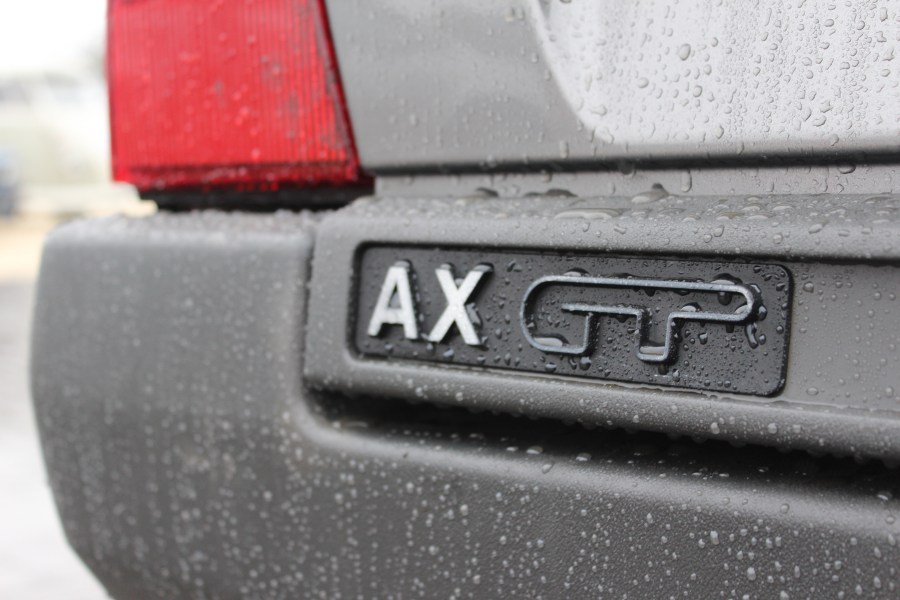
Engine and transmission
The TU petrol and TUD diesel engines fitted to the Citroën AX have been well proven in so many different PSA models over the years. They are reliable units when well maintained, although there are a few known weak spots that need checking on higher-mileage cars in particular.
Ideally, your AX should come with some evidence of good maintenance, and you certainly need proof of when the cambelt was last changed; if there is none, then price this in when haggling.
On the TU engines, leaks can occur from the corner of the cylinder head/block join at the cambelt end, and it’s not unusual to find head gasket failure with these petrol units. Carry out all the checks for current or previous head gasket issues (coolant in the oil and vice-versa), and check generally for coolant leaks elsewhere. Make sure the car comes up to temperature reasonably quickly, and that there are no signs of overheating.
A poorly running TU engine could be due to a failed distributor vacuum advance capsule or a carburettor in need of overhauling, while fuel-injected engines can suffer from problems with the airflow meter.
Oil leaks aren’t uncommon but aren’t a major worry unless they’re excessive. Noisy valve gear or excessive exhaust smoke point to an overhaul being required, although it might be easier and more cost-effective to locate a replacement used engine if ever this happens.
A diesel Citroën AX might not be easy to find as these were bought for high-mileage motoring. Don’t be put off by the mileage of any survivor, however; as long as it’s been maintained well, the TUD is renowned for being virtually bulletproof.
When it comes to the gearbox, listen for any crunching between the gears (usually a worn gear linkage) and check that it doesn’t jump out of gear. Also watch for signs of a slipping clutch.
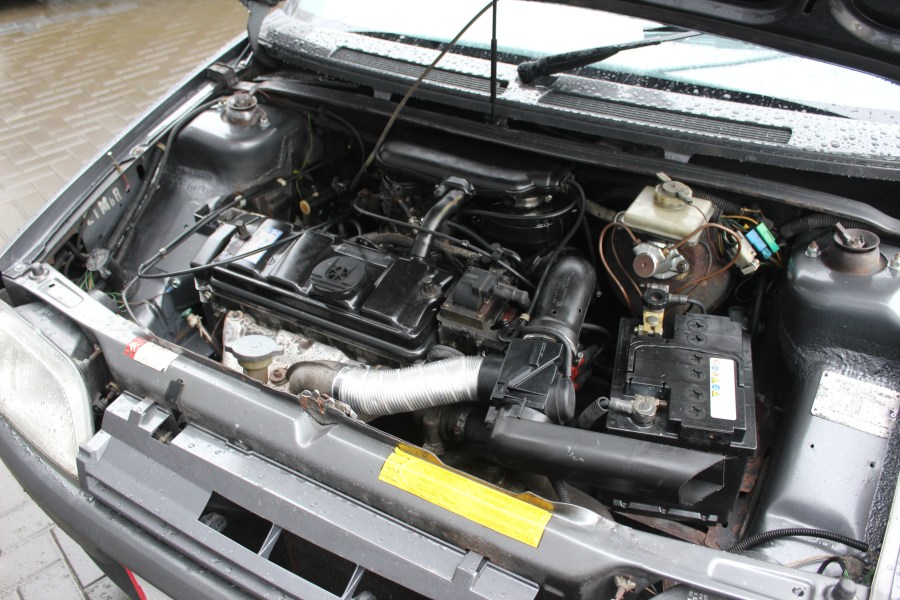
Suspension, steering and brakes
The Citroën AX has coil-sprung independent suspension all round, with a torsion bar at the rear, so by traditional Citroën standards it’s simple in spec and easy to maintain. The brakes of all versions comprise front discs and rear drums, and the steering is a standard rack-and-pinion set-up.
There’s nothing complicated there but do not be complacent. Check up on any MoT advisories from the last few years, but still look for potential problems for the next one – including split gaiters, worn bushes, leaking dampers, rusty or broken coil springs, and so on.
On the brakes front, ensure there is still plenty of wear on the front pads in particular and that the discs aren’t warped or overly corroded. Check the brake lines for signs of wear and leaks, and on a test drive make sure that the car pulls up squarely and promptly with no untoward noises.
The unassisted steering feels heavy in sporty versions with their wider tyres, particularly at low speeds, but on standard models it’s light enough for most drivers and is reassuringly precise, contributing a lot to the car’s fun appeal. If the steering on a Citroën AX feels at all vague or sloppy, the rack might be worn.
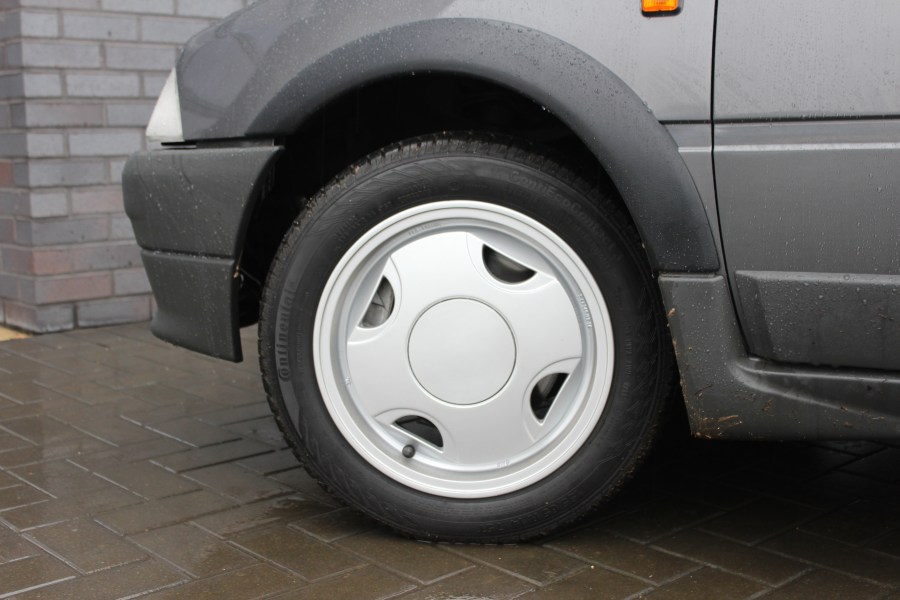
Interior, trim and electrics
At launch, the Citroën AX had one of the flimsiest interiors in its sector even by the standards of the 1980s. The 1991 facelift cured much of this thanks to a redesigned dashboard with softer plastics, but early cars were notable for their hard materials that seemed to rattle even at low mileages.
Look out for dashboard cracks, broken glovebox lids and other signs of fragility, particularly on pre-1991 models. Also look (and a feel) around for any signs of a leaking heater, as this isn’t unusual and is a pain to fix.
The rest of the interior is also prone to wear, so carefully check for seat coverings that have worn thin or are even holed, particularly on the outer edge of the driver’s seat; and check the carpets for wear and tear, as well as signs of damp from any water ingress (particularly if a sunroof is fitted).
New-old-stock trim is hard to come by, so you’ll be relying on used items if the AX you’re buying has a less-than-perfect interior that needs work.
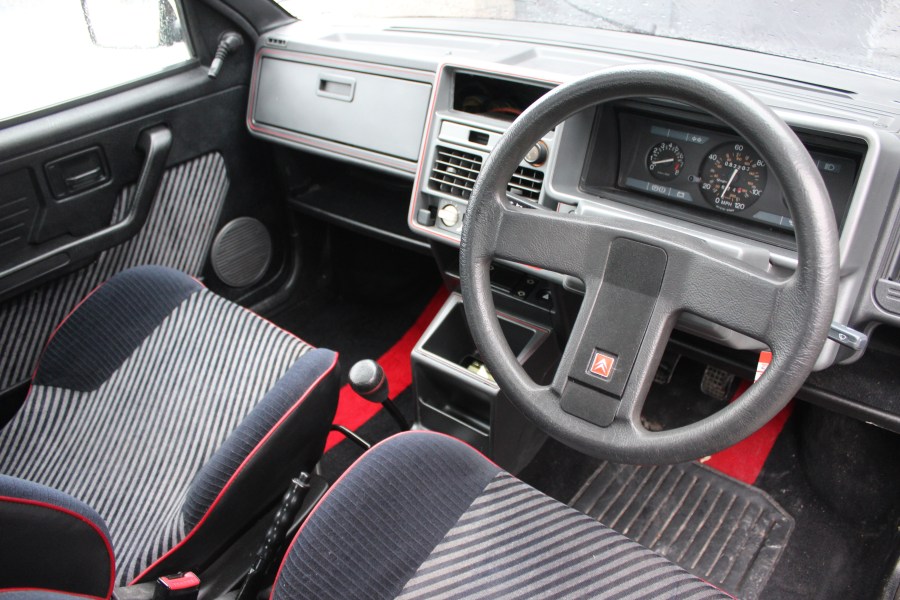
Citroën AX: our verdict
All Citroën AX models are a hoot to drive and easy classic superminis to own. Even the entry-level 10E model from the early days (with 954cc power and a total lack of creature comforts) was hugely entertaining, with brisk-feeling performance, plenty of grip and pleasingly precise steering. There’s some of the body roll you’d expect from a Citroën, but the upside is that for such a tiny car the AX rides extremely well, making it surprisingly comfortable.
Take all that into account and we can’t help recommending the AX to anyone who might otherwise be considering a Fiesta, Metro or other 1980s-launched supermini. A regular Citroën AX will run cheaper than popular rivals in similar condition (we’re looking at you, Mk2 Fiesta), while running costs are on a par thanks to amazing economy and affordable parts prices. What’s not to like?
The AX market is split when it comes to today’s prices, with what you pay depending very much upon your preferred version – and starting at the top, we have the GTi. You can expect to pay well into five figures for a truly exceptional example, such as the mint 16,000-mile GTi that achieved just shy of £13,000 at a UK auction in September 2023. Around £10,000 should get you one in similar condition but with a slightly higher mileage, while £5000–6000 should find you one that’s solid but in need of some cosmetic improvement.
The less powerful but just as entertaining GT is much more affordable thanks to it being less scarce, with excellent, low-mileage survivors available for less than £6000 and usable cars in need of fairly minor attention for around half that figure.
But it’s further down the range where bargains can be had, with non-sporting AXs with an MoT available from as little as £1000, while straightforward projects can be picked up for £500 or less. Stretch your budget to £2000–2500 and you should find a regular-spec AX that’s very well preserved and ready to show and enjoy.

Citroën AX timeline
1986
Three-door AX (with three TU engine options) launches in Paris
1987
UK sales begin; five-door version available in left-hand drive markets
1988
Five-door arrives in UK; 1360cc diesel version launches in France
AX GT debuts in Britain, with 85bhp from its 1360cc TU engine
1991
Range-wide facelift brings new-look tailgate and upgraded interior
1992
100bhp AX GTi arrives, replacing the GT after an initial overlap
1994
1527cc TUD5 diesel engine replaces previous 1360cc TUD3
1995
Electric version (AX Electrique) launches, sold only in France
1996
Range is reduced following launch of AX successor, the Saxo
1997
AX withdrawn from UK after right-hand drive production ceases
1998
Final left-hand drive AX is built

